True Potato Seeds (TPS), Loowit, 100 seeds
$8.50
Only 9 left in stock
| True potato seed information and growing instructions |
| This is an OSSI open source variety. Click for more information about open source seeds |
Loowit is the result of a breeding project in collaboration with Tom Wagner, produced by crossing Tom’s variety Mt. St. Helens and a Bolivian diploid potato. This is a good all-purpose potato with intense red flesh. In cool climates, the flesh should look just like the pictures. In hotter climates, the color may be more pink or pink with light yellow patches. This is not a problem particular to this variety, but is true of all potatoes with red or blue flesh; anthocyanin content is affected by temperature. Red flesh in potatoes is produced by the compound pelargonidin, an anthocyanin that has antioxidant properties and is found in many red fruits, such as raspberries, strawberries, and pomegranates. The name Loowit was chosen as part of a theme of place names in Western Washingon.
Germplasm supplied by the USDA Potato Introduction Station was used in breeding this variety.
Culinary Traits
Loowit is most suitable for baking and roasting. It can also be boiled, but like a lot of all-purpose types, you must avoid extended boiling or it will fall apart. It holds its color very well when baked or roasted, but washes out a bit when boiled. Still, it makes some really incredible looking mashed potatoes. Like many potatoes with dark blue or red flesh, it has a fairly intense flavor, with a hint of bitterness. Most people do not detect this as bitterness, but just describe it as “potato” flavor, but people who are very sensitive to bitter flavors might not like it. I think it has great flavor, but I tend to favor varieties that have some bitterness.
Agronomic Traits
This is a late season potato. I previously described it as mid season, but this turned out to be the result of being infected with PVY. Tubers are mostly in the three to six inch range at maturity. Yields here range 2 to 3 pounds per plant. Dormancy is about three months, a bit less than most commercial potatoes, probably owing to its diploid parent. With low temperature storage, you can easily keep seed tubers alive (although sprouting) out to five months. Flowers are male fertile but produce very little pollen. It will set a better crop of berries if you vibrate the flowers or pollinate with another variety. The good news is that progeny of Loowit, even when selfed, tend to be much better pollen producers.
This variety has performed well here against early and late blight. It is fairly vulnerable to scab, so if you have ground that is scabby, it is probably not the best choice.
Fertility: MF2, FF10
True Seed (TPS)
TPS of Loowit is open pollinated and the majority of the progeny should be self pollinated. I also pollinated it regularly with bulk pollen from red flesh varieties, blue flesh varieties, and Solanum curtilobum. I expect to see red flesh, blue flesh, and a smaller amount of white flesh in the progeny. Using Solanum curtilobum as a pollinator means that some of the plants will probably have unusual forms and there is a greater than usual (but still small) chance for bitter tubers from this seed.
Only logged in customers who have purchased this product may leave a review.
Related products
Ulluco Varieties
True Potato Seeds (TPS)
In Vitro Plantlets
In Vitro Plantlets
Ulluco Varieties
Yacon Varieties
Mashua Varieties
Mashua Varieties

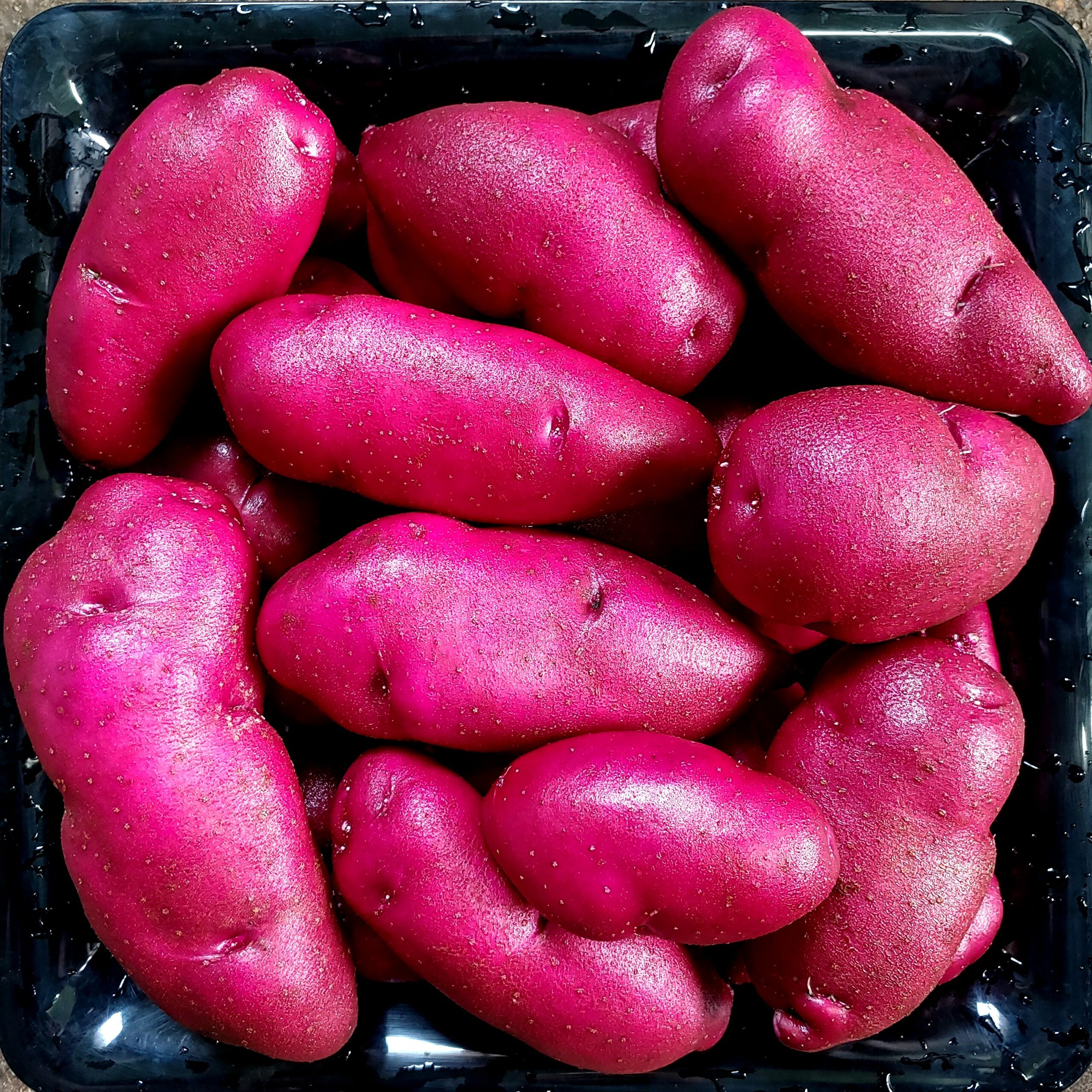
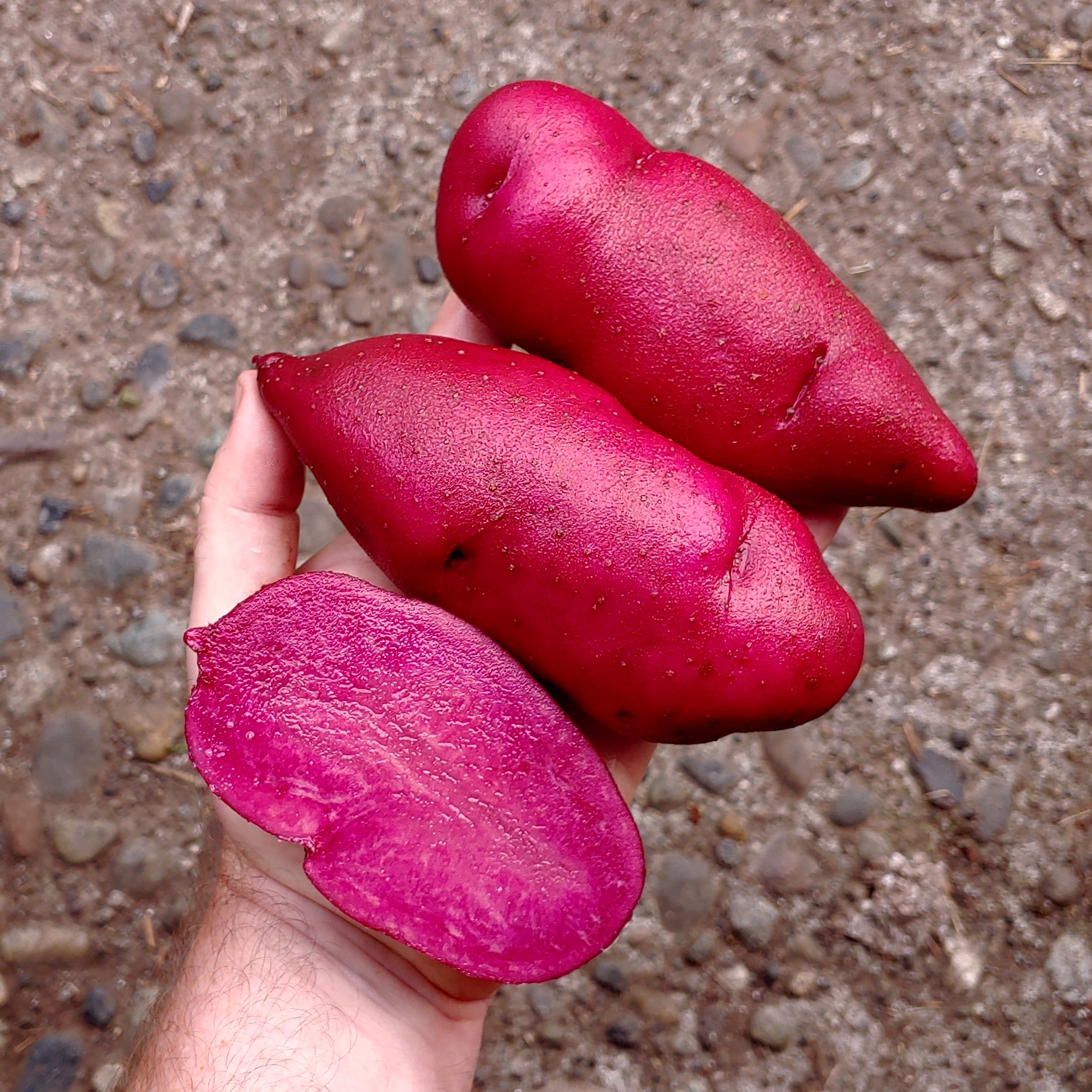
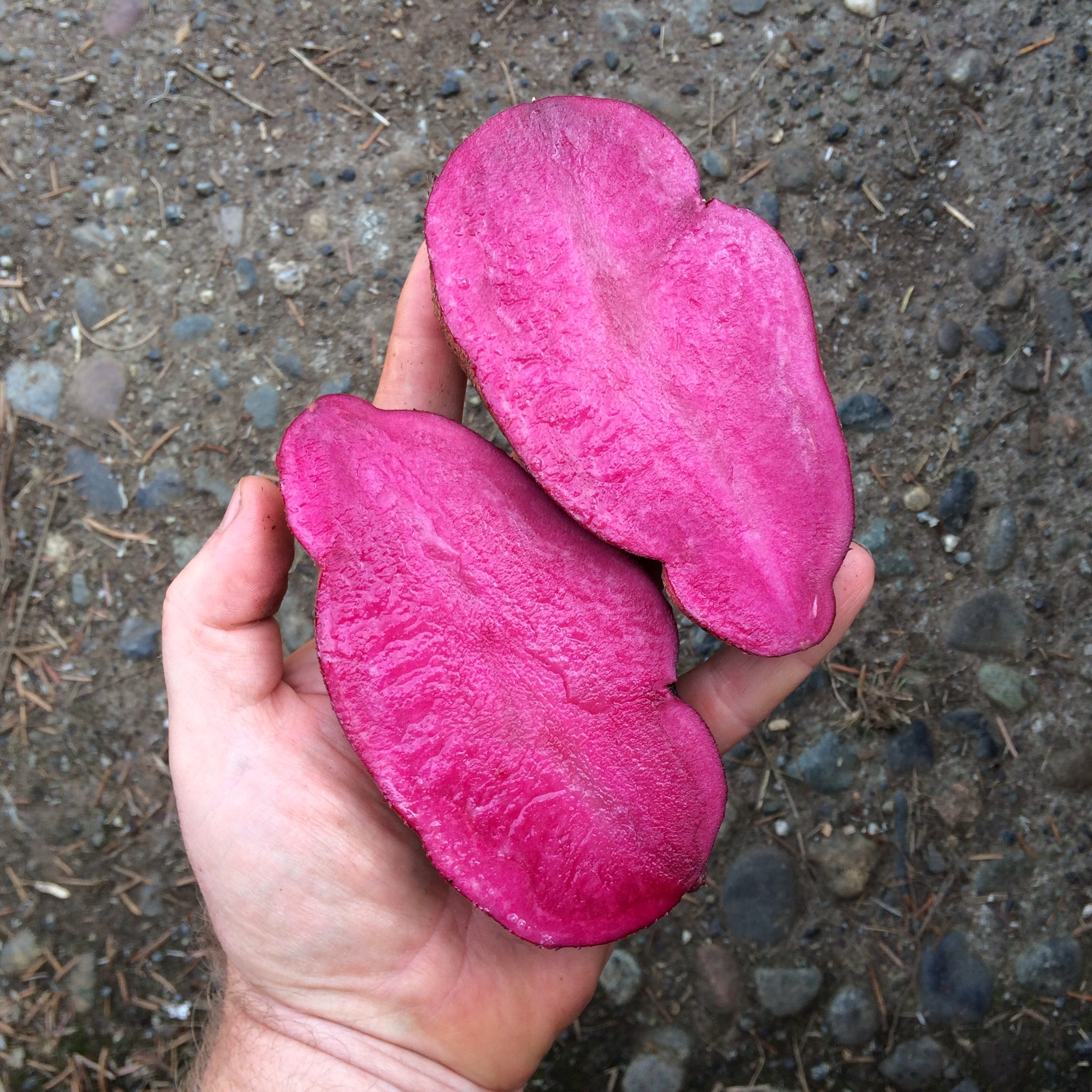
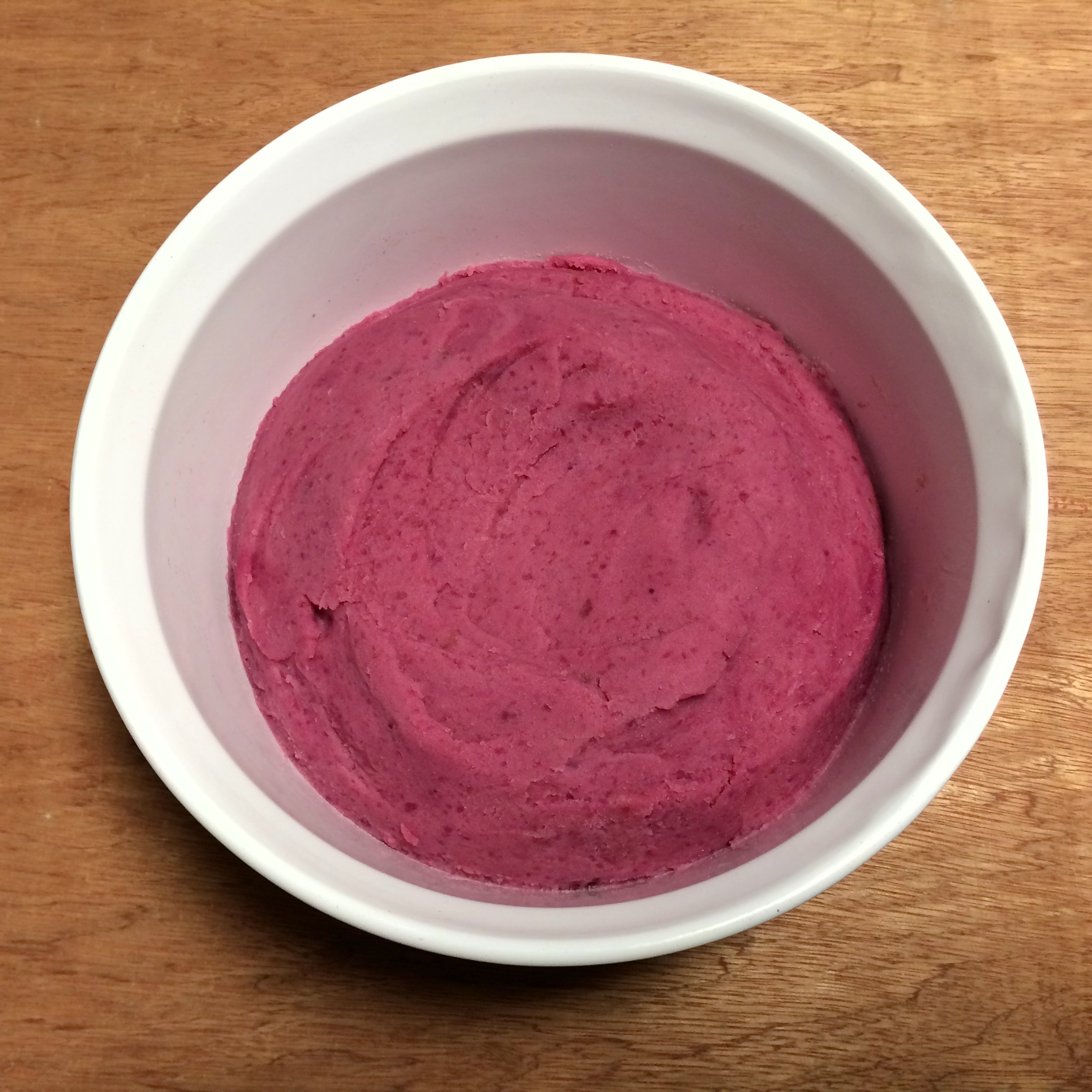
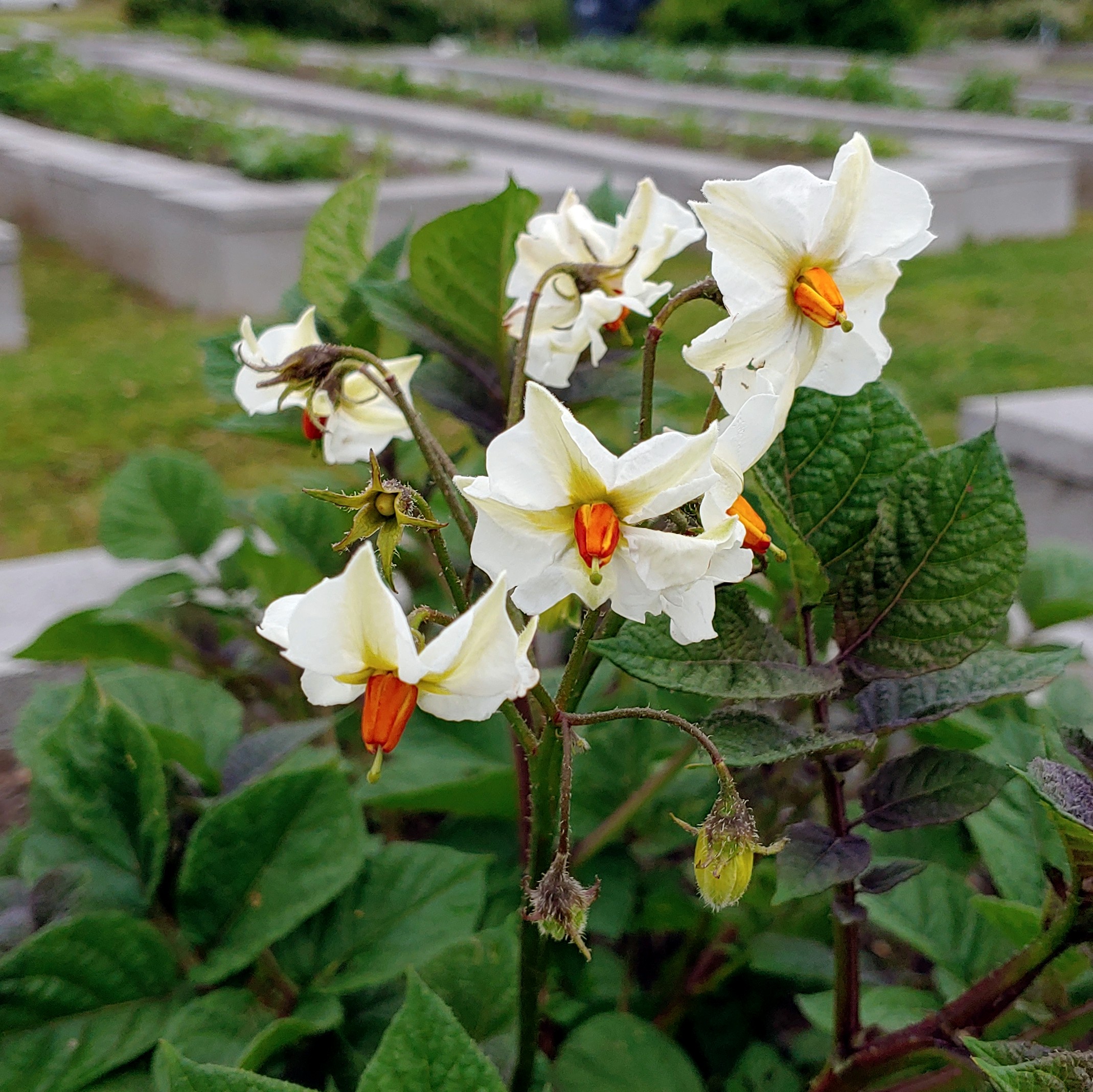
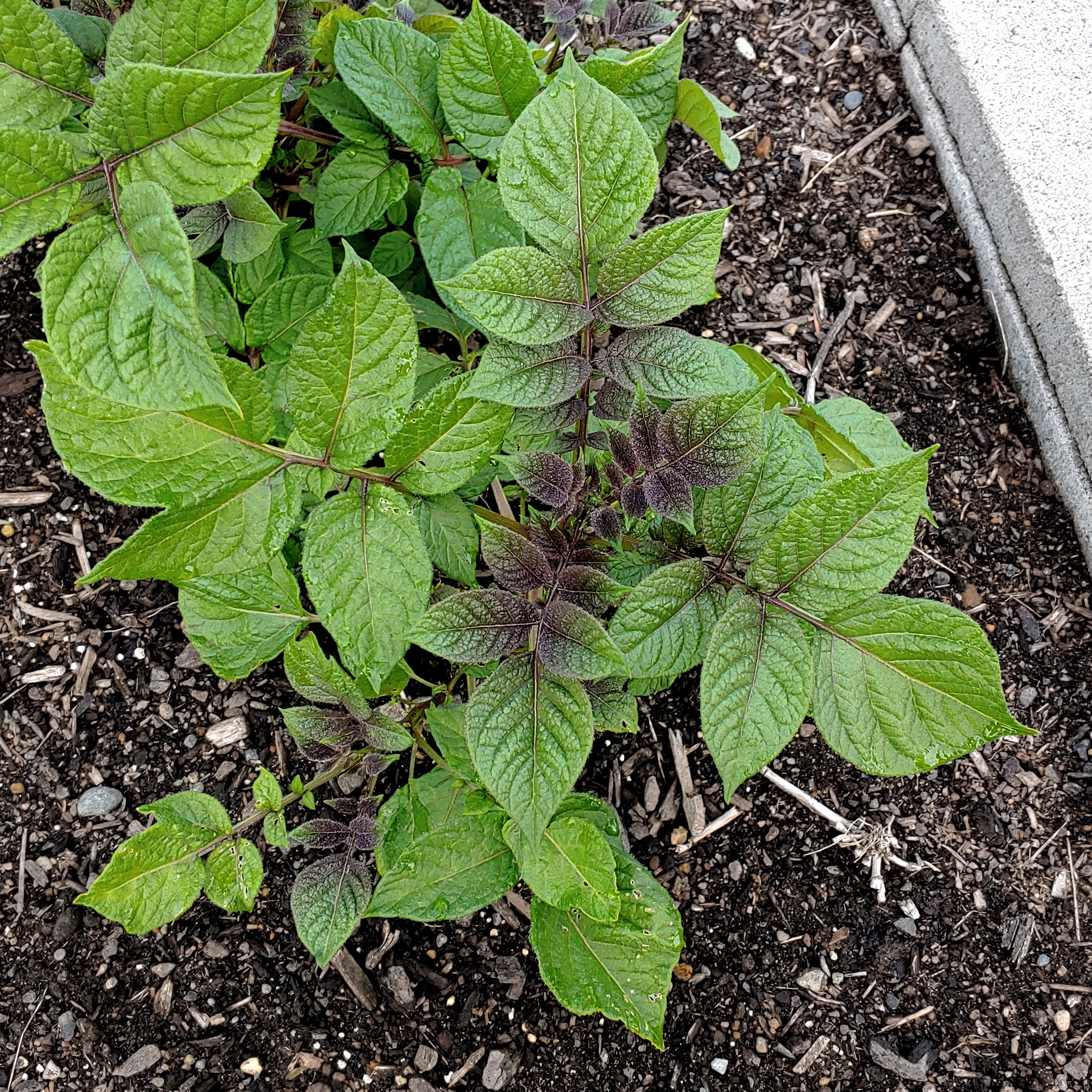
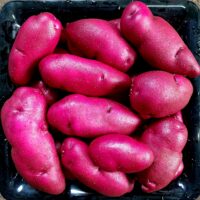
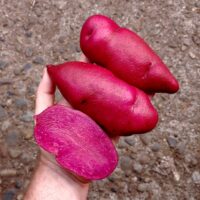
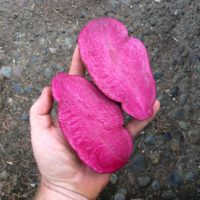
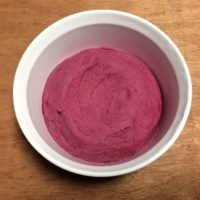
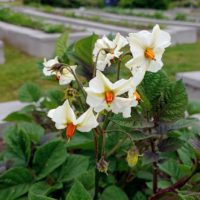
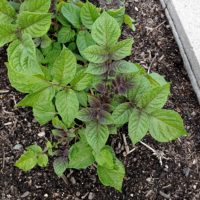
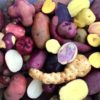
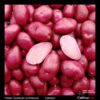
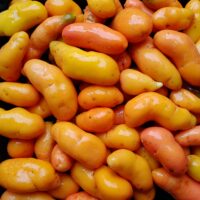
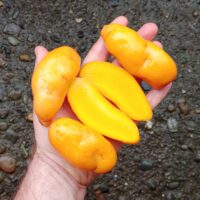
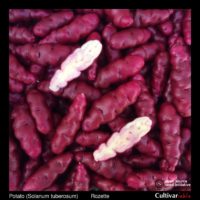
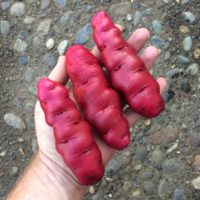
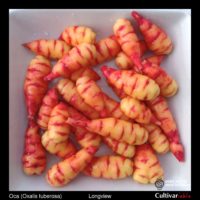
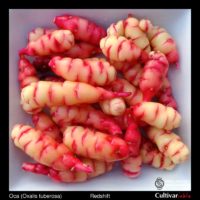
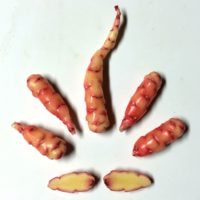
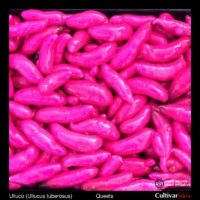
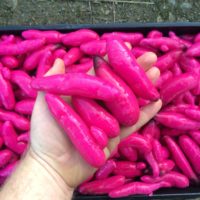
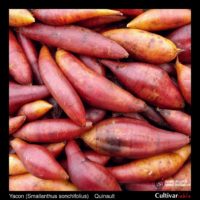
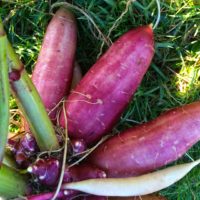
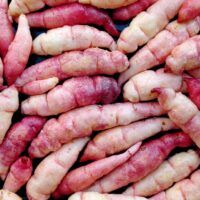
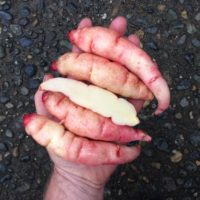
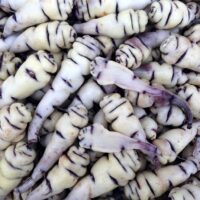
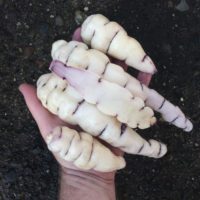
Reviews
There are no reviews yet.